State Herbarium botanist Peter Lang reports that the widespread and variable ‘native mallow’ species (also known as ‘Austral hollyhock’) found in all 13 of the SA Herbarium regions has had its name changed in the Census of SA Plants, Algae and Fungi from Malva preissiana to M. weinmanniana. This follows a paper in the Journal of the Adelaide Botanic Gardens (Vol. 25: 17-25), which recognised that the epithet weinmanniana was validly published in 1824 in conjunction with an illustration of this species, and so has priority over the former name first published in 1845.
The authors, State Herbarium Hon. Associates John Conran & Robyn Barker, also distinguished a second species of native malva that is largely confined to offshore islands and associated with nutrient-rich substrates of shore-bird colonies. The existing name, Malva preissiana, applies as the first validly published name attached to this coastal entity, and the name now has a new, much narrower meaning in the Census. On some islands, M. preissiana is apparently being displaced by, and hybridizing with, the introduced tree mallow, M. arborea. The authors provide a table summarising character differences between the three species and the hybrid, although it should be noted that some of the differences between the two native species, e.g. flower colour, appear to break down in some areas.

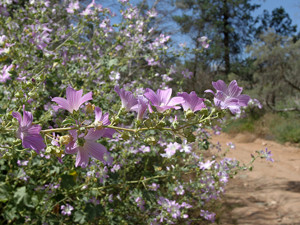
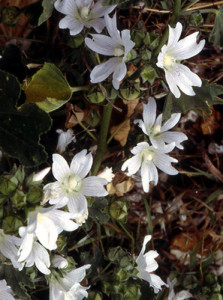
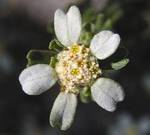
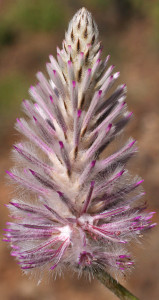
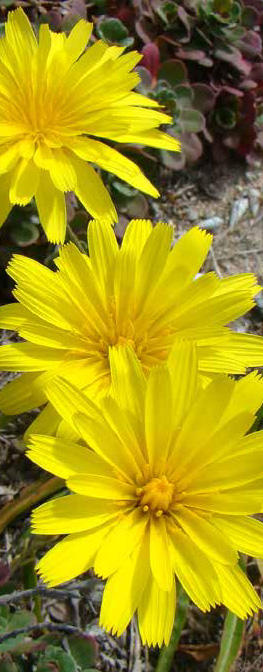

You must be logged in to post a comment.